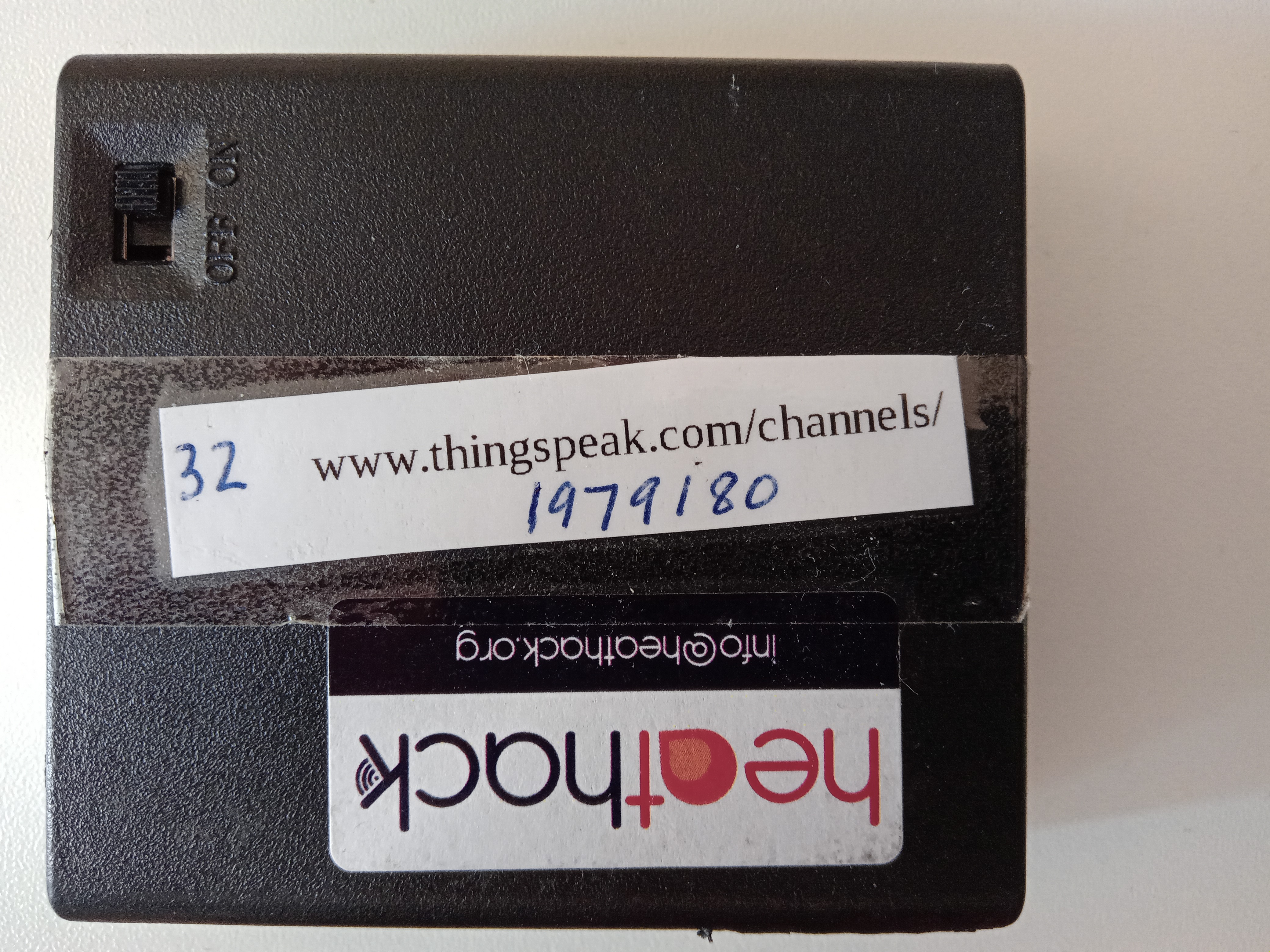How to Use Our Thermal Monitors#
Our thermal monitors are built cheaply from electronic parts by volunteers and offered on that basis. We are reviewing our use of them but if we continue to offer them after July 2025, we might need to charge for the web connection. If you don’t want a monitor any more, or if it isn’t working, we’d be grateful if you would send it back to us so we can update the software and reuse it.
Do I need to read this?
For sites that have good wifi, we now ship the monitors with the wifi details already on them, so all you have to do is insert 3 alkaline or rechargeable NiMH batteries and turn them on. Do tell us when you do this so we can check whether the data is coming in OK.
For sites without good wifi that covers everywhere you might want to take measurements, we either advise them to buy a commercial data logger or loan them one, usually a Thermopro 357s or a Lascar EasyLog device.
You only need these instructions if you have one of our monitors and need to change the wifi network details.
You do still need to read our instructions about good places to put the monitor.
Before you start, you must decide which mode to use for your thermal monitor.
The monitor uses the wifi in the building to send readings to cloud storage. Choose this option if you have wifi that can be accessed by entering a network name (SSID) and password and if it covers the location where you are placing the monitor. This mode requires good wifi signal strength - if your wifi signal is poor or if you ever turn it off completely, choose “save” mode.
The monitor saves the data for you to pick up every 3 weeks or so using a smartphone or laptop. Choose this option if your building doesn’t have wifi or if you are placing the device in a location where the wifi is poor.
What is Radio Mode?
Most monitors won’t work in radio mode. The ones that will are for venues that have wifi but need to monitor locations that are so hard to access it would be difficult to change the monitor batteries - like inside a church organ. They have an extra radio and a separate base station or “hub” that plugs into an electricity socket nearby. The monitor takes the temperature and relative humidity readings, sends them to the hub, and then the hub sends them to the internet.

